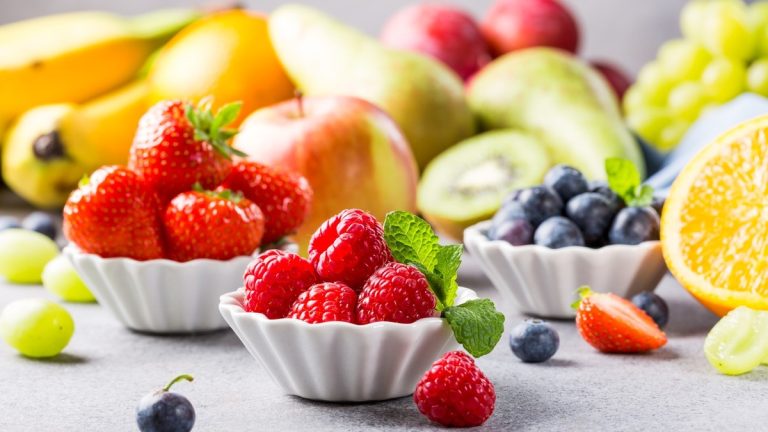Don’t buy fruit but pick it yourself? That is possible because there is a lot of wild fruit that grows in Europe. In this article, you will find out what it is and how you can process it further.
Wild fruit in Europe: what, where, and when you pick it best

There is a lot of wild fruit in Germany that you can pick yourself. These include, among others:
Blackberry (May-June)
Elder (May-June: flowers, August-October: berries)
Pear (June-July)
wild plum (July-August)
Raspberry (depending on species; July-October)
Sea Buckthorn (August-October)
Quince (September)
Sloe (November-December)
You have probably already seen or heard of most of the varieties mentioned, but of course there are also some other varieties that are not so common.
Once you have found out what sorts there are, you can go and pick them. However, there are a few things you should keep in mind:
While you are allowed to pick in public areas such as parks, forests and fields, it is forbidden in nature reserves and on designated private property. Also, try not to pick along roads or next to chemically treated fields, as the wild fruit you find there may be contaminated with pollutants
Harvest only fully ripe fruit, because once picked they will no longer ripen
Only take as much of the wild fruit with you as you really need to avoid unnecessary food waste.
So that you don’t go out completely without a plan and look for possibly edible wild fruit, there is a website called Mundraub. On the website you will find a directory of different places where you can find wild fruit. Herbs, nuts and groups of other “mouth predators” are also listed. You can also look out for trees or bushes that are marked with a yellow band. As a result, the private owners invite you to pick them, as they cannot eat the entire harvest themselves.
So you can plant wild fruit yourself
Instead of picking wild fruit from nature, you can also plant it yourself. Of course you need a (Schreber) garden for that. Then think about the following:
What wild fruit would you like to plant?
In what form would you like to do this, for example a hedge or a tree?
What are the requirements for the wild fruit you want to plant and how does it grow in the nest?
Once you’ve done that, you can start planting.
If you don’t have your own (allotment) garden, just a balcony, that’s no problem either. You can also plant wild fruit plants such as wild strawberries, blueberries or cranberries on the balcony. More on this here: Creating a balcony garden: Simple step-by-step instructions and growing fruit on the balcony and terrace.
Wild fruit recipes to try

When you harvest wild fruit fresh, you often end up with large amounts of fruit. You can process them in different ways.
The most common methods are in the form of jam, compote, cake, juice or jelly. You can also boil the fruit to make it last longer.
Some wild fruit varieties also help against certain ailments in processed form. For example you can:
Dry blueberries and then use them against diarrhea
Juice elderberry, which relieves feverish colds
Prepare sloe juice, which helps with loss of appetite

